…and a tribute to John Lyon
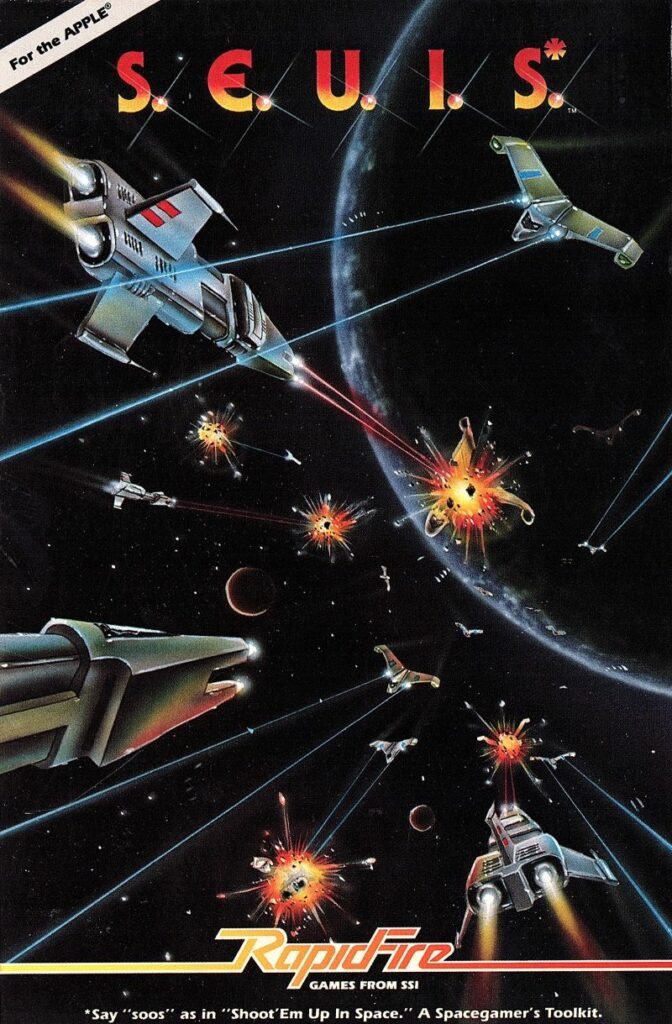
SSI Headquarters, late 1981 (probably) :
So, Joel, I would like to make the second opus of my Chronicles of Osgorth series. The one about the gunpowder age.
I am not sure, John. Napoleon’s Campaign sold less than 3 000 copies. Meanwhile the Cosmic Balance sold 8 000 copies. Do we really want to do more gunpowder ?
But Joel, I promised the Chronicles of Osgorth would receive a follow-up.
I am not saying we should stop talking about Osgorth. I am just saying… maybe jump straight to space age ?
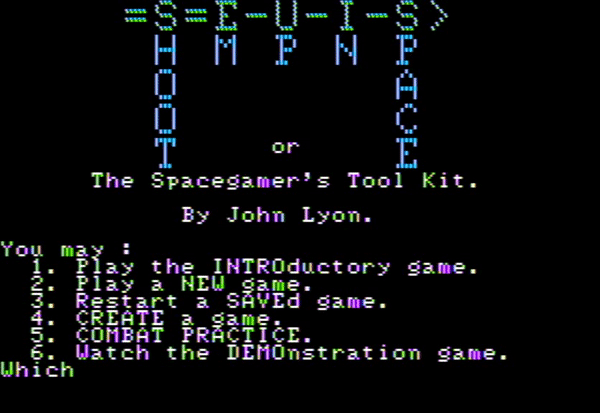
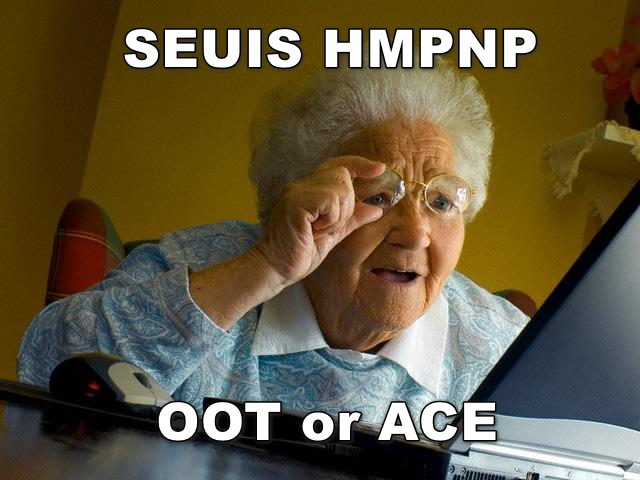
S.E.U.I.S., or SEUIS, or Shoot ‘Em Up In Space, or “Soos” or The Spacegamer’s Tool Kit is John Lyon’s last wargame and, to quote the manual, a “new episode in the military fantasy saga that began in the Shattered Alliance“. It pits the Ozgorthians against [checks manual again] ah yes the Ormolunes, and for my AAR I am going to play the Ozgorthians defending themselves in “the Big Battle”, when the Ormolune Grand Battle fleet attacked Ozgorth itself.
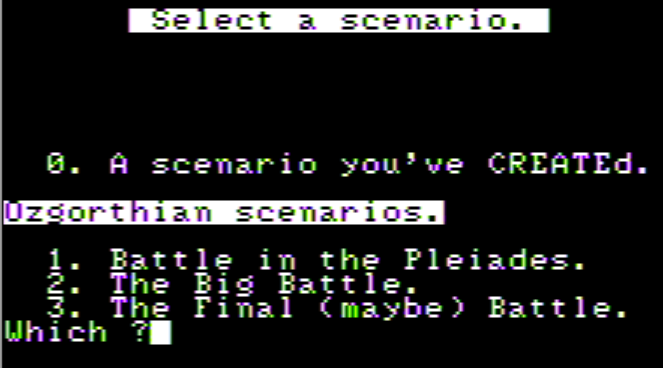
Just like in Shattered Alliance, the session starts by showing the order of battle of both sides – in this scenario it is perfectly balanced :
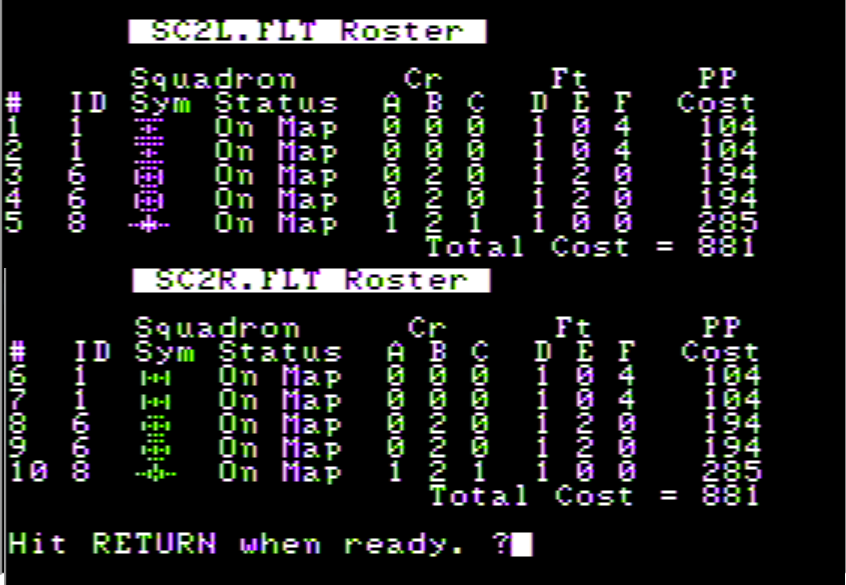
Each squadron starts with 5 ships, which are divided between cruisers (ship classes of decreasing quality A, B and C) and fighters (ship classes of decreasing quality D, E and F). A squadron has 5 ships, and the quality of the ships within the squadrons determines their “production point” [PP] value.
After checking this, it is time to launch the war !
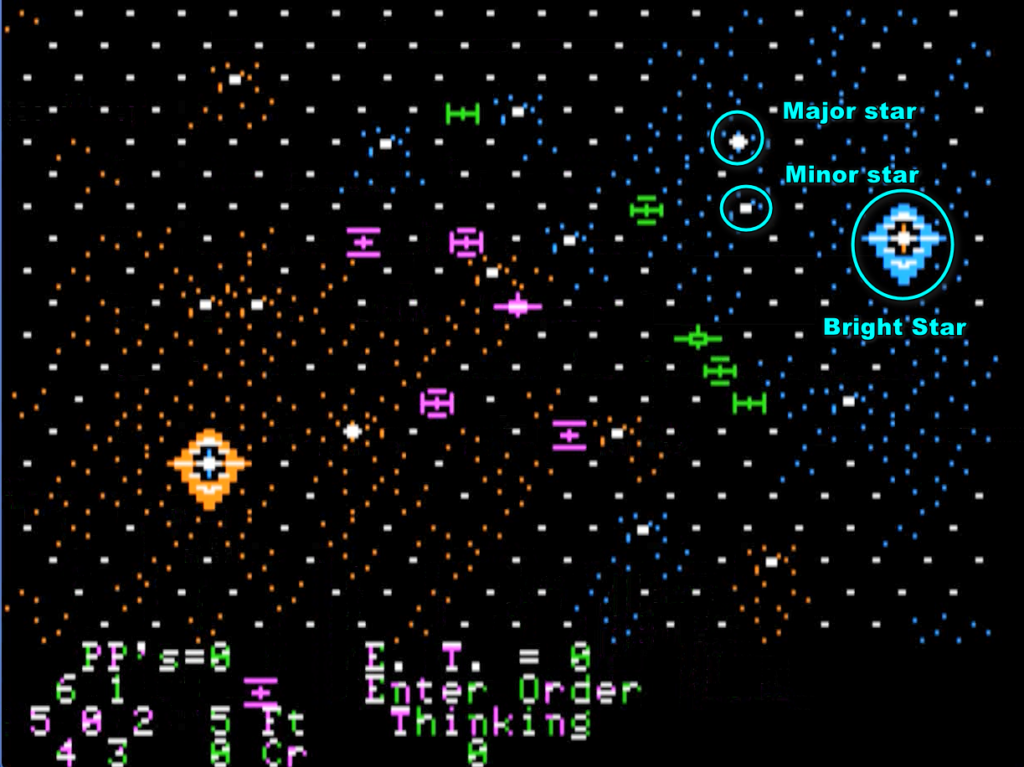
The map has several types of “terrain” :
- Bright, major and minor stars are owned by a faction and produce resources regularly,
- “Small stars” (the orange or blue dots, because for some reason they can be “owned” even though it has no effect) don’t produce anything and reduce movement speed by 50%,
- Single stars are empty and have no other effect,
Movement works like in Shattered Alliance : squadrons can only move one hexagon at a time, but how often they move depends on their size (in production point), which is indicated by their icon. Small squadrons move every 4 time units, medium squadrons every 6 time units and heavy squadrons (only one on each side) every 12 time units, absent any terrain effect modifiers.
I am playing the green & blue, against the Ormolune pink & orange, and I have a pretty simple strategy : use my three middle squadrons to progress to the left as far as possible through the “single stars” and then to the enemy bright and major stars.
Quickly enough, Ormolune squadrons block my progression : it’s battle time !
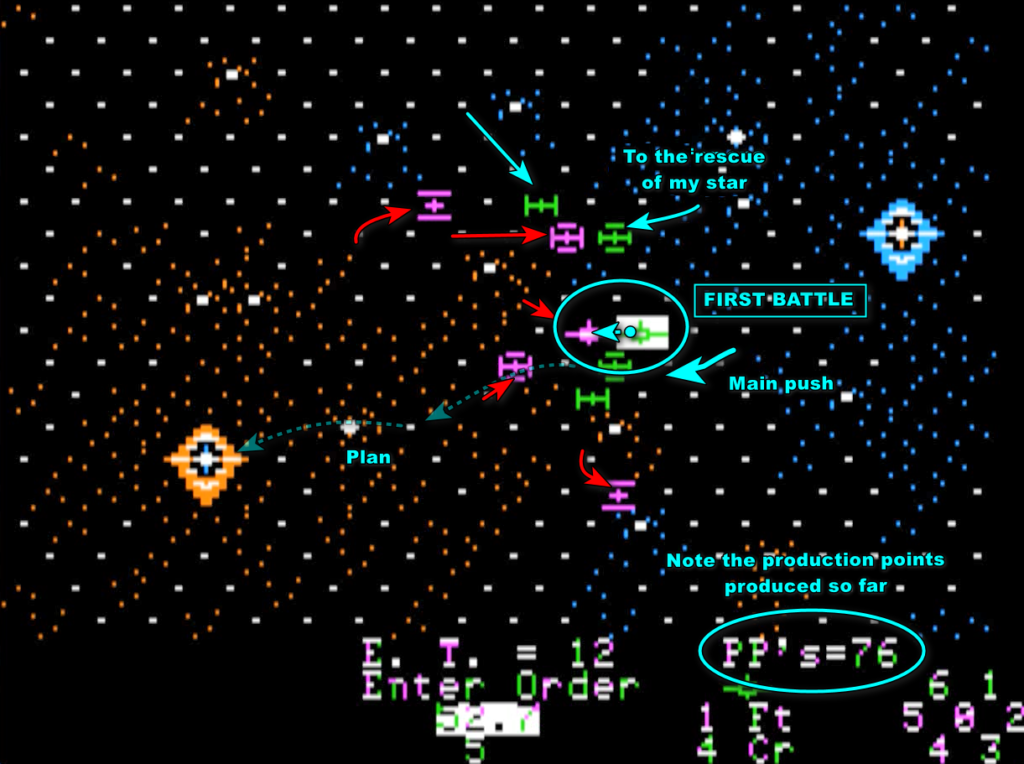
A new menu opens, asking me to allocate energy for each of my ships. Ships have two stats : health (called midship) and total energy. At the beginning of the battle, that total energy must be allocated between :
- Weapon – how much damage an attack does,
- Shield – how much damage is absorbed from an enemy attack
- Rate of fire,
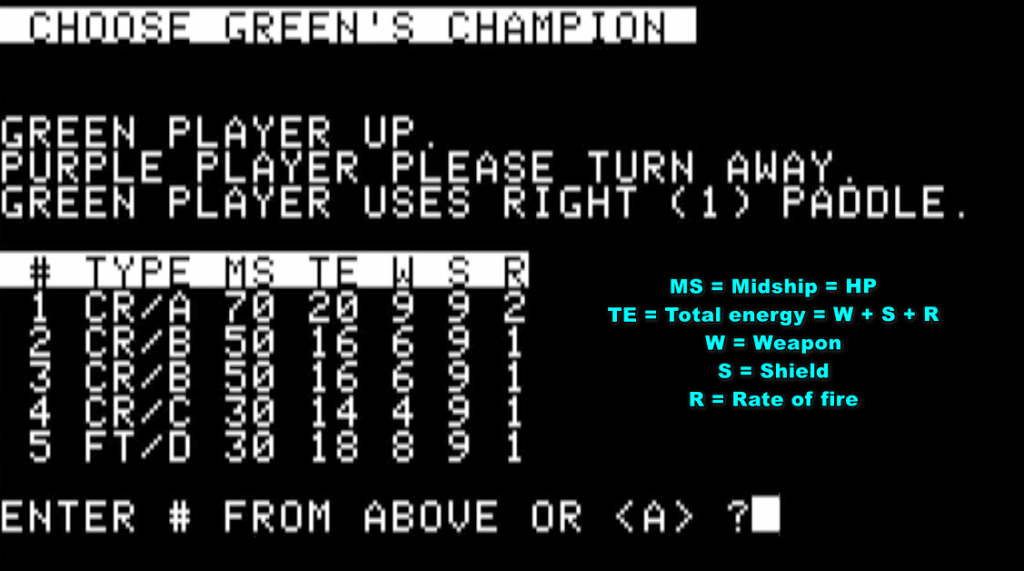
In my experience, Rate of Fire is fairly useless, so I am allocating as much as I can to shield, the rest to weapons. After that, I have to pick my “champion”, and the battle starts.
There is a catch. In S.E.U.I.S., combats are resolved in real-time ! The gameplay here is simple : each champion of a squadron duels the champion of the opposing faction until destruction, at which point each side chooses new champions, and whoever survived the earlier engagements remains damaged. When a squadron is out of champions, the battle is over, and the winning squadron automatically repairs all its remaining ships, except those ships so damaged that they are automatically scuttled instead.
I come prepared. After years of ferocious competition with my siblings when I was a teenager, I am pixel-perfect in two games : Micro Machines (granted that one is irrelevant in our case) and Star Control. No way I am losing against the AI.

But S.E.U.I.S is no Star Control, and I have to fight the game as much as the Ormolunes :
- Controls are weird. Due to the way the paddle works, you cannot do a full circle, to go from the North-Western direction to the Northern direction, you have to turn counter-clockwise.
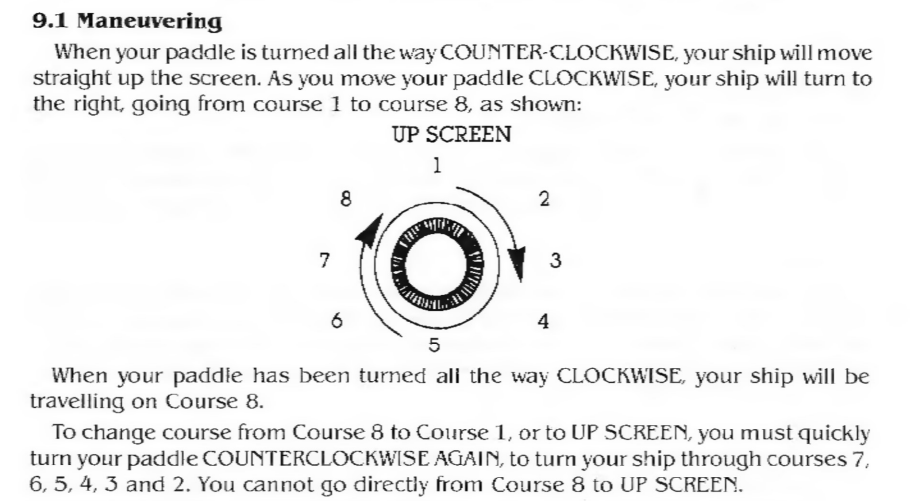
- The hitbox does not match the graphics, so if you shoot at the bottom part of the sprite of the enemy, you will miss,
- It may be due to the emulator, but double inputs are also common,
- There is no way to accelerate or decelerate – and fighters go so fast they are hard to control !
I have no problem with cruisers, and in fact I easily win all the cruisers-vs-cruisers combats, but I have issues with fighters. I lose a cruiser against the enemy fighter in the squadron, though I manage to damage the enemy enough to be able to finish it off with my own fighter :

I end the battle with 4 surviving ships, not bad ! Even better, my squadron is now worth fewer PP, and due to the weird rules of the game it is now considered a medium-sized squadron in terms of movement. In other words, I doubled my speed !
Immediately after this first clash, another of my squadrons engages an enemy squadron in the middle of the map, and I win again. On the other hand, I cannot play properly with my fighter squadron at the top of the map, and I lose all of them in battle, though the enemy squadron is left with only one fighter.
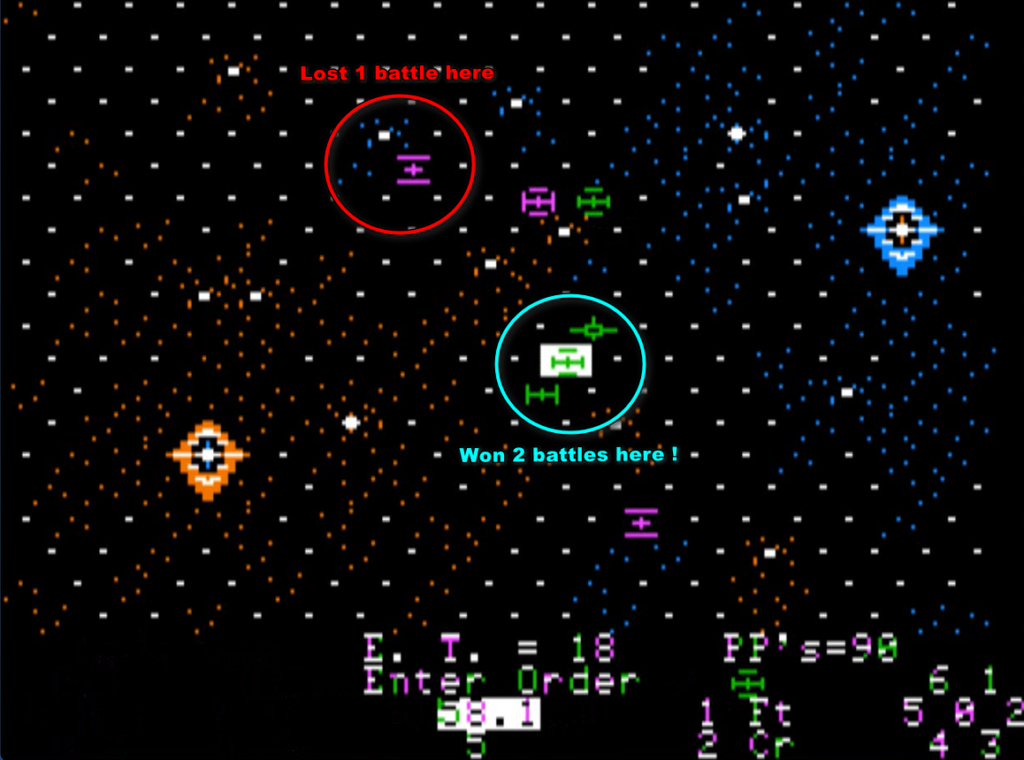
Shortly thereafter, the first new squadrons are created for both sides. In S.E.U.I.S., you don’t get to pick where your new squadrons are created, nor the type of squadron, so I receive a bunch of fighters even though I don’t like them.
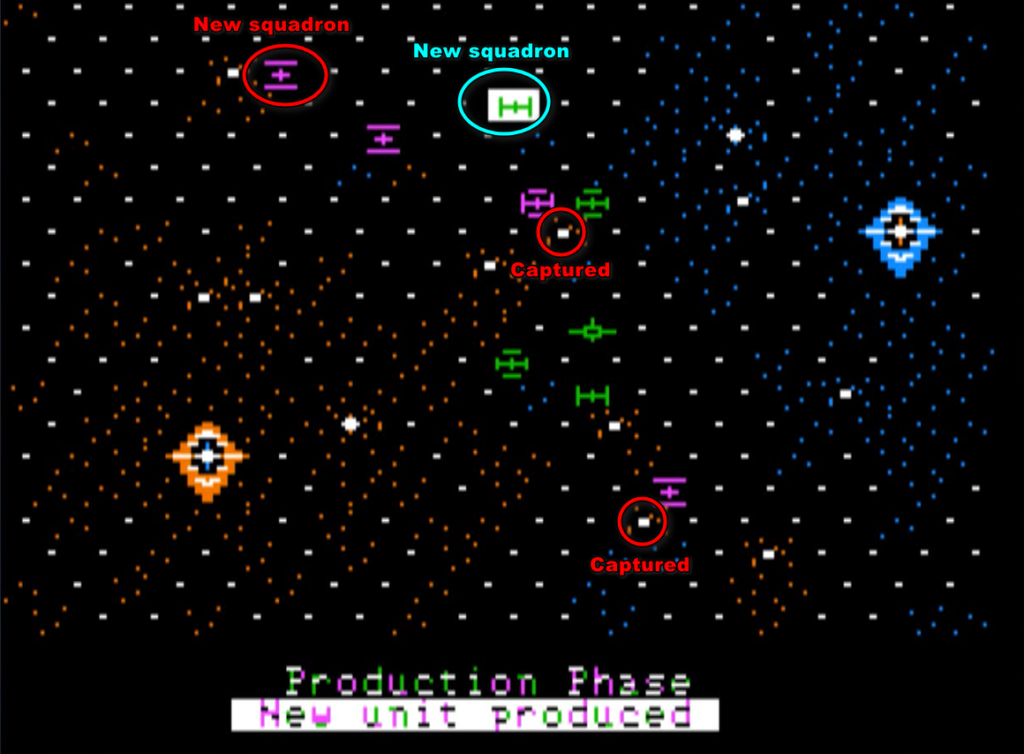
Still, that new squadron is enough to finish off the enemy one-fighter squadron, and my medium squadron destroys another one. Meanwhile, I am still beelining for the main Ormolune star.
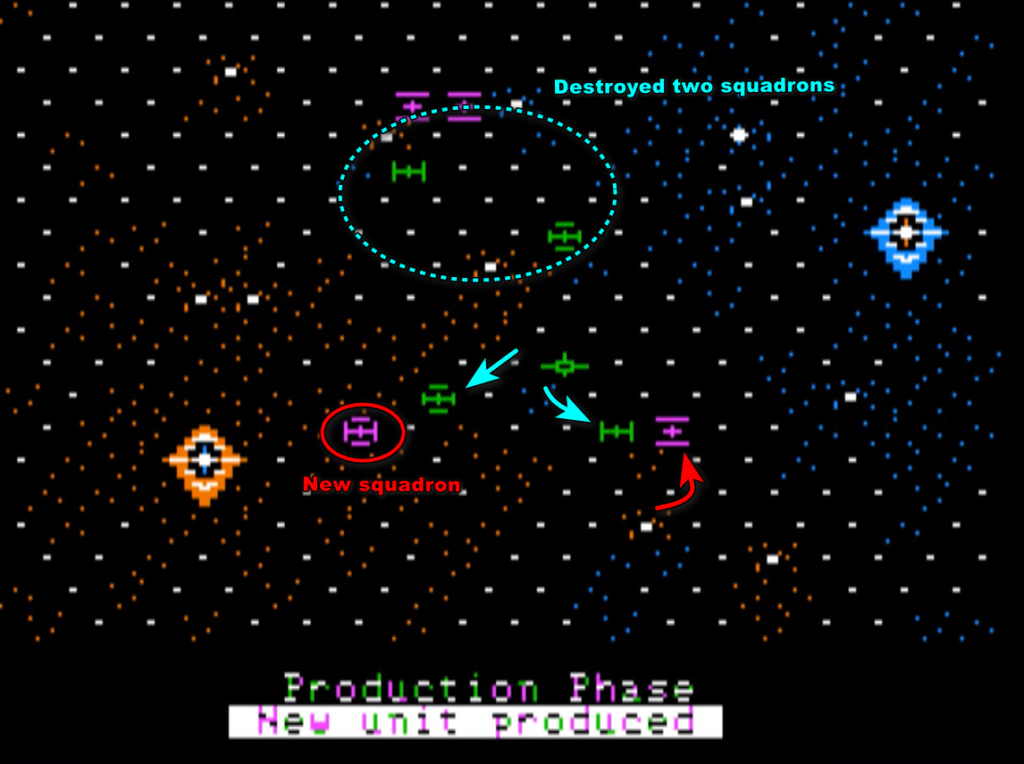
One new Ormolune squadron built at the last moment is easily destroyed.
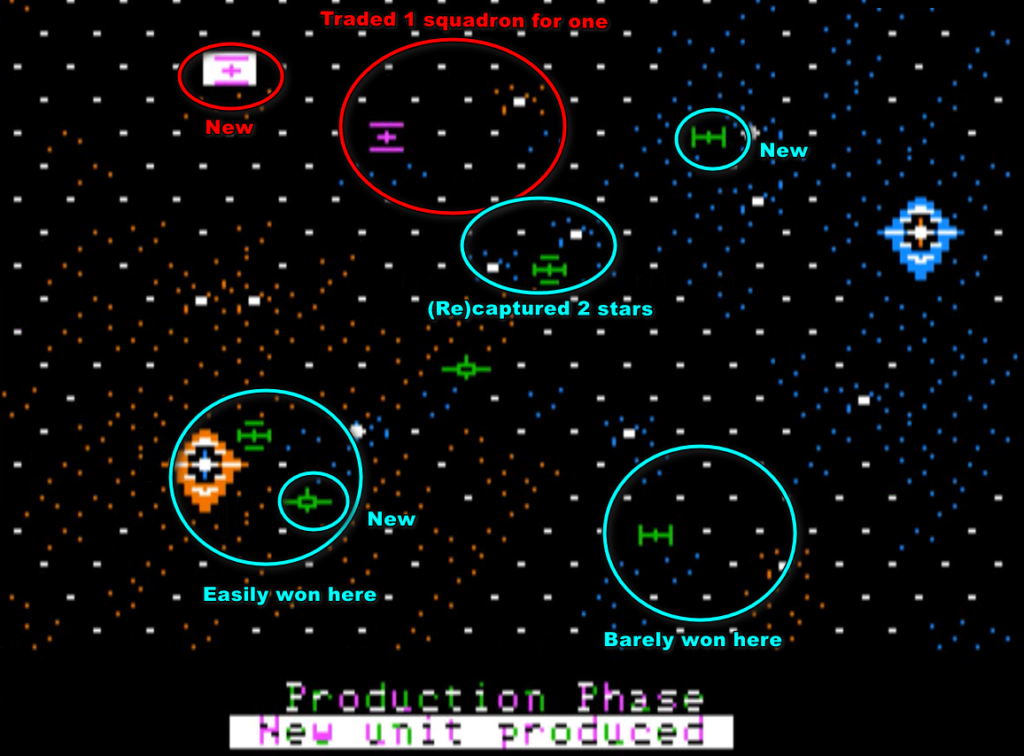
The last turns are basically me trying to chase the last enemy squadrons at the top of the map.
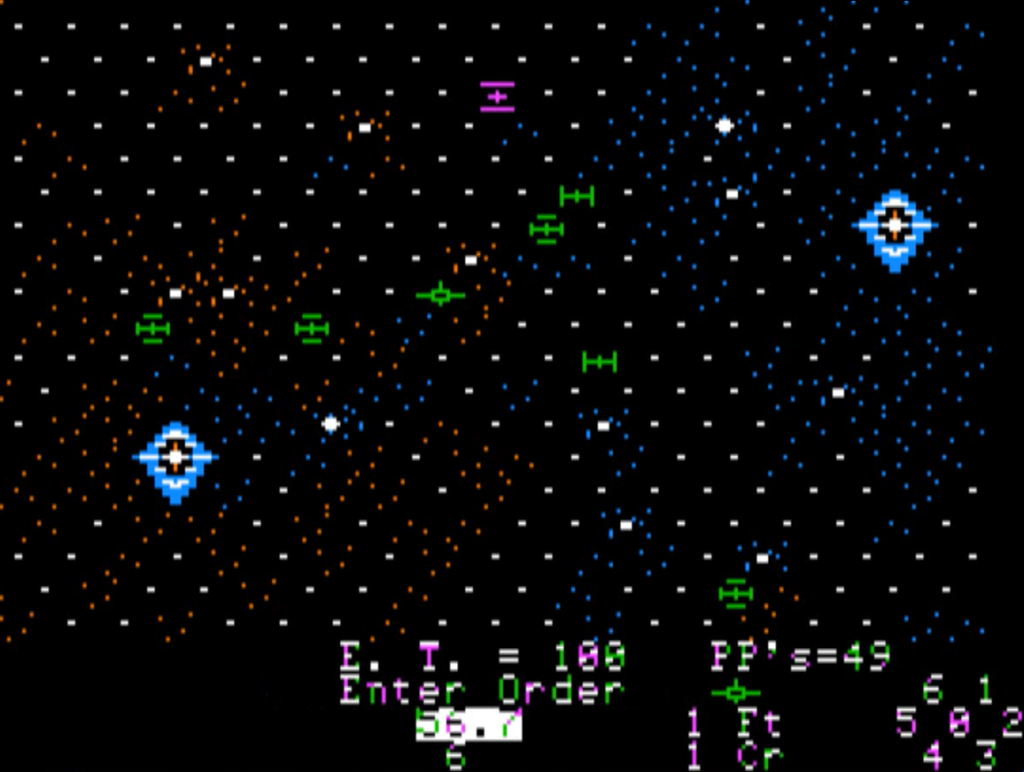
And finally :
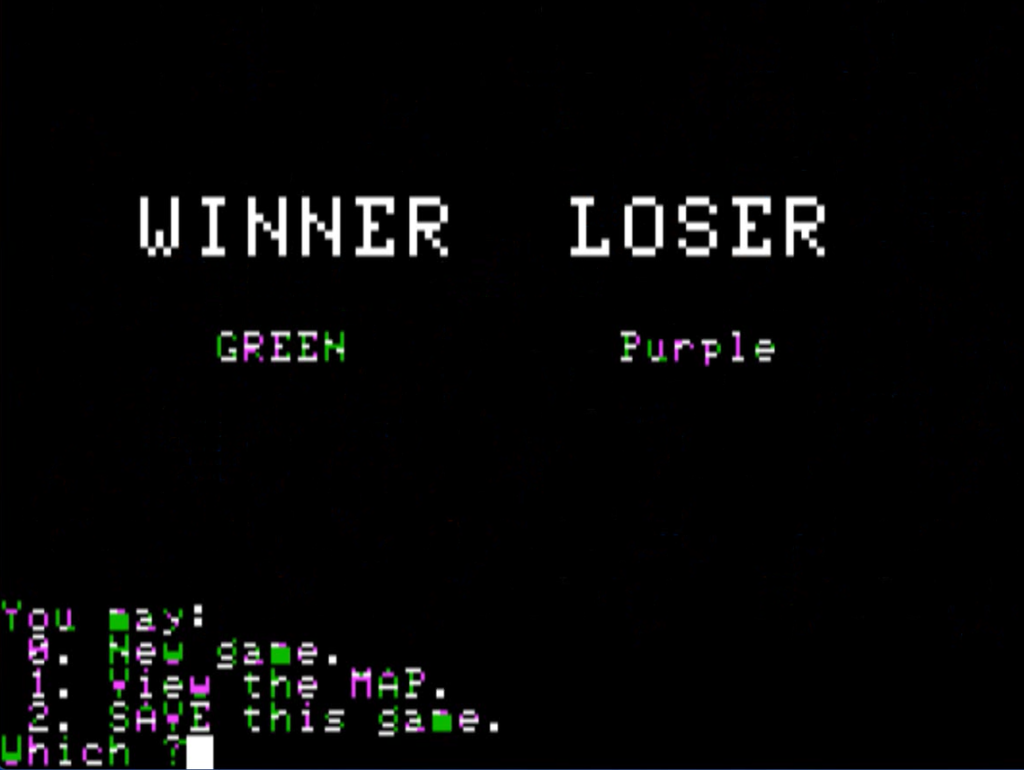
Rating & Review
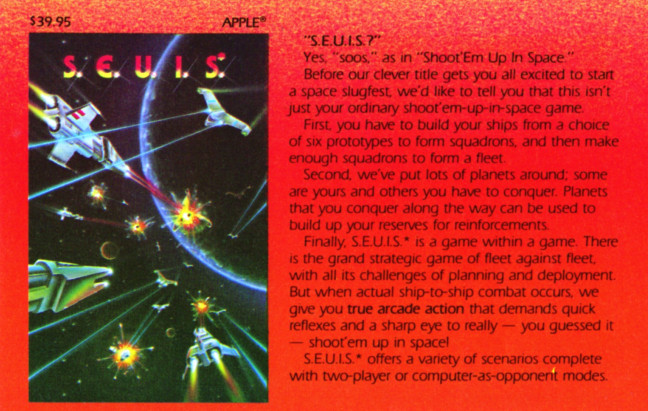
Shoot ‘Em Up In Space by John Lyon, published by SSI
First release : September 1982 on Apple II
Tested on : MAME emulator
Total time tested : 4 hours
Average duration of a campaign: 2 hours
Complexity: Simple (1/5)
Would recommend to a modern player : No
Would recommend to a designer : No
Final Rating: Totally obsolete
After the Shattered Alliance, John Lyon had left SSI amicably to test another venture. Still, he had some free time and, always the experimental designer, Lyon told Billings he wanted to try something different. Lyon’s idea was a game that combined strategy and arcade : Shoot ‘Em Up In Space. SSI had never released any arcade game, and Joel Billings had mixed feelings about the game, but it fitted well with the new planned RapidFire product line. In addition to this, Lyon’s last game the Shattered Alliance had been a success with 7 700 copies sold, so it was certainly worth a try.
S.E.U.I.S was part of the first RapidFire batch (with the Cosmic Balance) and sold for $39.95. It was only ever released on Apple II.
A. Immersion
S.E.U.I.S is the second (and last) opus from the Chronicles of Osgorth, and as such the manual includes six pages of background, except now the planet is called Ozgorth with a Z after an “Empire-wide phonology program“.
This context clearly felt important for John Lyon, but it is honestly hard to read. Lyon is a competent writer, but he tries to bridge centuries of history from the pre-powder age to the space age in maybe two pages, covering most factions that mattered in Shattered Alliance (even if to mention that they did not make it to the Space Age, sorry lizardmen) before getting to the meat of the story, a story that involves way too many named characters.
In a nutshell, Ormolu, the felonious advisor of King Gavin in the Shattered Alliance that I killed in one special scenario, was actually an “interstellar invader” and now the Ormolunes are back, though I am not sure whether Ormolu himself is still around. To be honest, I am not even sure whether I am fighting the Ormolunes, or replaying “historical” battles against the Ormolunes using a Strategic Engagement Ultrafast Integrated Simulator ; really I experienced all the intricacies of a Christopher Nolan movie in those few pages of a video game manual.
At least, the game is relatively pretty for 1982 :
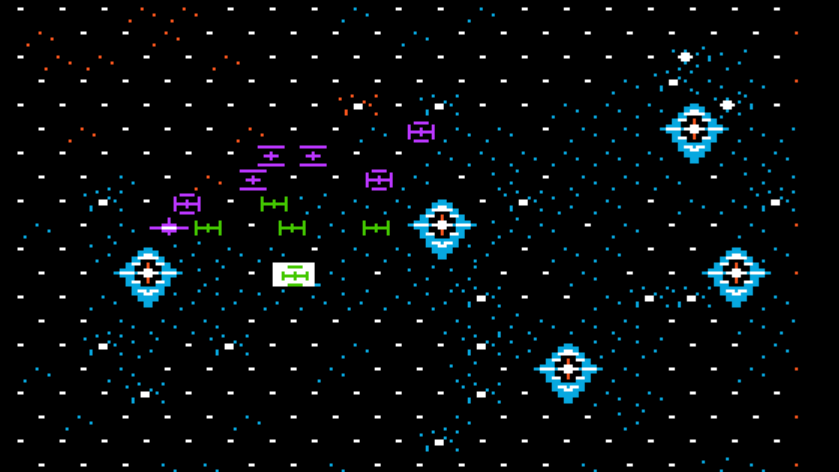
Rating : Very poor
B. UI , Clarity of rules and outcomes
There is very little to say on the strategic layer : it is basically Shattered Alliance, with minimal UI changes to introduce the production part of the game.
The game fails in its arcade phase. It forces you to use a paddle (no keyboard), which had no availability issue as paddles were initially bundled with the Apple II and Apple II+, though this changed later.
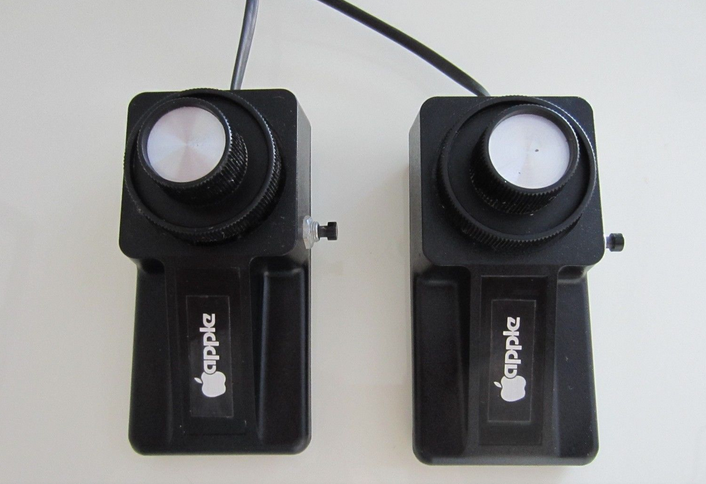
The problem is that Apple II paddles are terrible for steering a ship, because (as I understand), the player is physically blocked from going top-left to top. It makes playing the game frustrating, especially when you hit walls and your ship reverses direction, so now the direction of your ship is not aligned to the physical position of the paddles. Add to this missed input in MAME, and you have a recipe for disaster.
Rating : Very poor
C. Systems
- The strategic layer
The strategic layer is barebones : you move your squadrons around, but you can neither merge them nor split them. For the production, the computer picks every production phase a “squadron composition” it tries to build : if it has enough currency, then said squadron will be built at a random location, else the production points are kept.
With no control over anything except movement, the strategic layer is only a pretext for the battles.
- The arcade layer
Full disclosure : I don’t pretend to be able to compare the arcade part of S.E.U.I.S. with contemporary arcade games. What I can say is that I watched videos of Spacewar! (1962) played on PDP-10, and it looked significantly more fun than what I had in S.E.U.I.S. ; movement was fluid and there was a star to generate gravity. In S.E.U.I.S., movements are choppy, there is nothing that distinguishes one battle from the next, and you don’t even need to aim much because of your homing missiles. In theory, there are 6 different ships, and then a very large combination of energy allocations. In practice, except for the speed difference, the ships all play the same, and given AI does not care for rate of fire and neither should the player, the allocation of energy is only between shield and weapons, so basically the only thing you choose is whether you want long (high shield) or short (high weapon) battles.
There is something that could have been interesting if it had been implemented in solitaire battles : Battle Royale mode, in which all your ships are in battle at the same time – meanwhile your opponent can still choose to only use one of his ships. The computer never uses that mode, and the manual recommends you don’t use it against the computer. I suppose it creates more interesting battles against a friend.
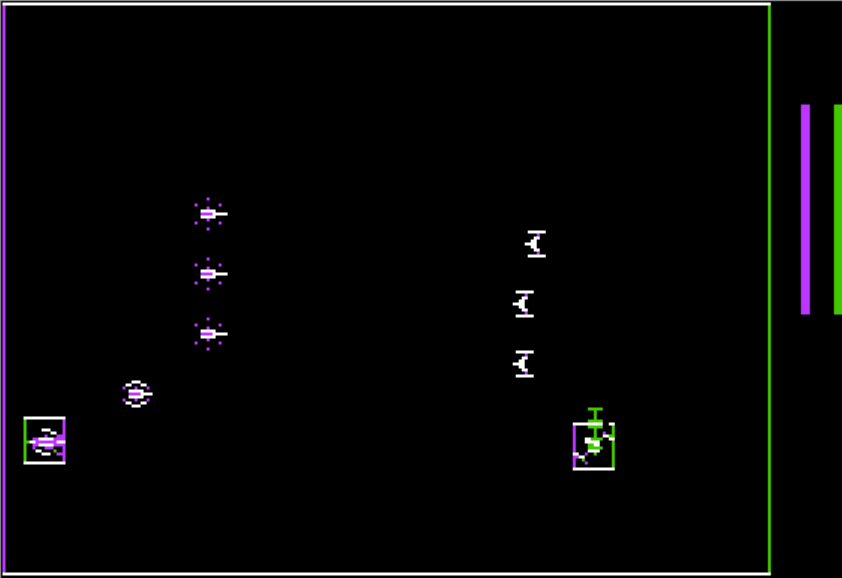
- The combination
With no impact of strategic terrain on the battlefield, no control on production, no control on the size of a squadron and no specific roles for ships, S.E.U.I.S. is a generator of repetitive arcade battles where the strongest arcade player is all but guaranteed to win the strategic part : even concentration of forces will not be enough to dent well-piloted squadrons that repair at the end of the battle.
Rating : Terrible
D. Scenario design & Balancing
The game comes with only three scenarios :
- The battle of the Pleiades (which is also a tutorial scenario) pits Ozgorth against a stronger Ormolune force. Ozgorth has a production advantage, but too many stars to defend, while the Ormolune start with no production, but can easily snatch some from Ozgorth,
- The Big Battle is the perfectly balanced scenario I played,
- The Last Battle is an attack from Ozgoth against the Ormolune home star, with 3 successive waves of 5 squadrons, against 5 squadrons of Ormolunes. It sounds unbalanced, but I did not test it.
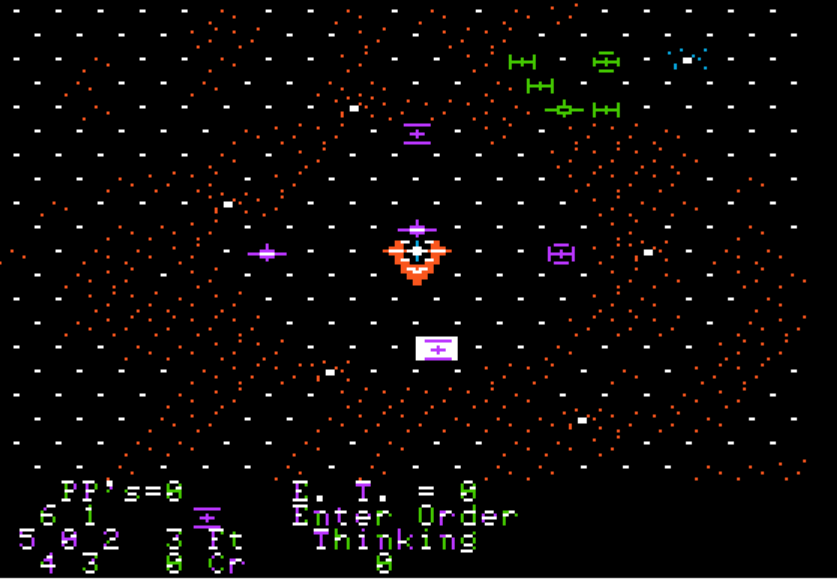
The game also includes a “combat practice” arena, allowing you to play the arcade game without having to move your squadron around. I had to spend a good hour there before moving to a scenario.
Justifying the name “The Spacegamer’s Tool Kit“, S.E.U.I.S. comes with a scenario editor. Scenarios must be based on one of the 6 existing maps, but anything else can be customized :
- starting squadrons,
- squadron composition, including those not available at the beginning but to be produced during the game,
- stats of each class of ship,
- how frequently stars give production points, and the amount of resources earned by type of star,
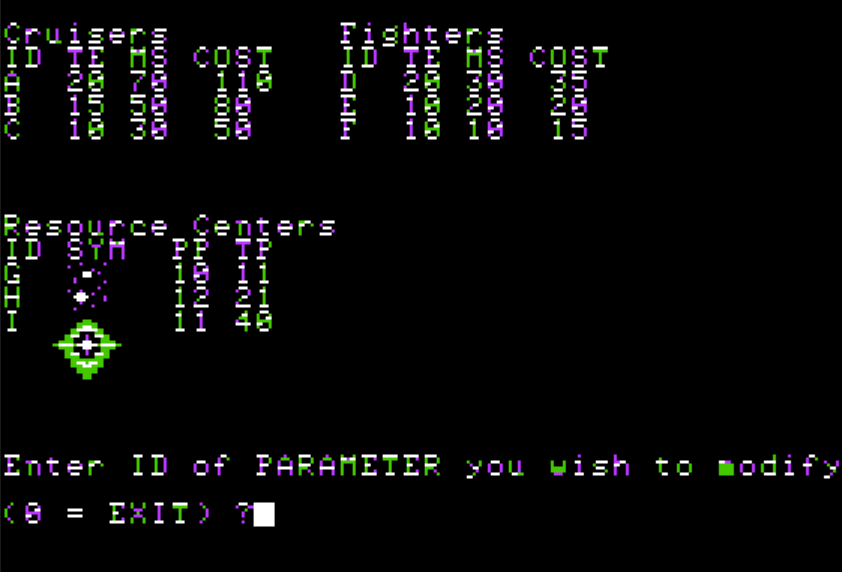
Sadly, a powerful scenario editor does not make a game good – I don’t see a scenario that would efficiently minimize the game’s weaknesses.
Rating : Very poor
E. Did I make interesting decisions ?
No.
F. Final Rating
Totally obsolete. The game did not miss much to be an outstanding game : a bit more control on composition and production and a counter system, even rudimentary, between ship classes. Barring that, there is no purpose to the strategic layer, and the arcade part of the game is absolutely not strong enough to stand on its own. I will nonetheless admit that S.E.U.I.S. is to my knowledge the first game with a turn-by-turn strategic layer and a real-time tactical layer, though I do not believe it had any influence.
Contemporary Reviews
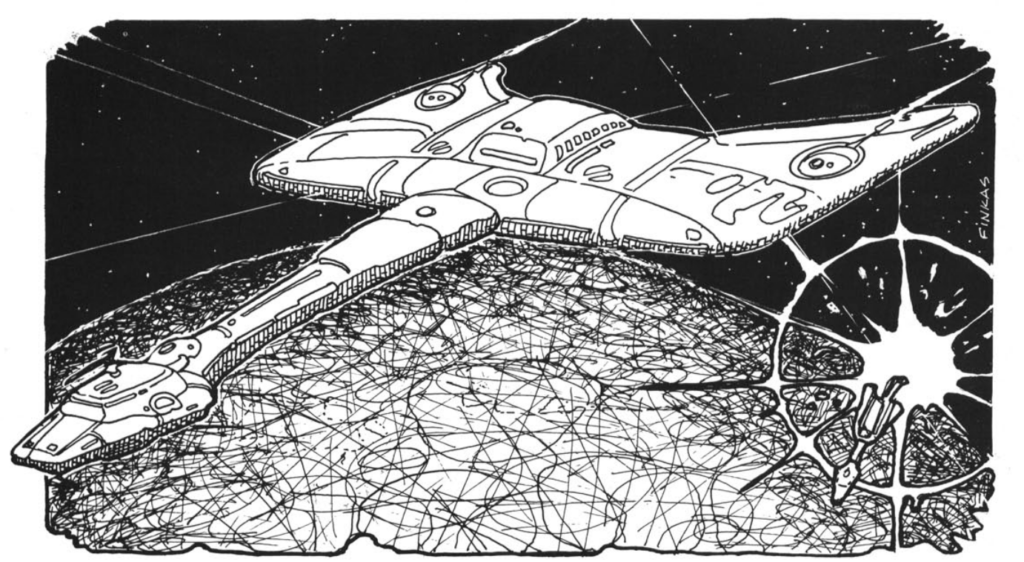
S.E.U.I.S is one of those games where I am not aligned at all with the contemporary reviewers. Dick Richard, writing for Computer Gaming World in March 1983, calls S.E.U.I.S “the first viable combination of a real strategy game and truly challenging arcade type game […] The strategy game could easily stand alone with a combat resolution system similar to Shattered Alliance, while the arcade type combat is easily as challenging — probably more so — than many of the space battle games with which we are all familiar with“. Richard also praises the scenario editor at length, as does Neil Shapiro for Electronic Games (April 1983), who states that “this new war game marks a milestone in the development of the wargaming art. The player is now working hand in hand with the game’s designers.“
In his review of all RapidFire games, Chris Smith for the Space Gamer had exactly the opposite point of view : S.E.U.I.S is the worst of the RapidFire games, and really the only bad one of the lot). Smith considers the game “too plain, too ordinary” and doubles down : “this game unlike the others in the line [adds] nothing new to the computer game field. Combining strategic space games with arcade was a good idea, but there are still better […] of both kinds.”
S.E.U.I.S. sold 2 123 copies, proving that setting games in space doesn’t guarantee success.
A tribute to John Lyon (1940-2021)
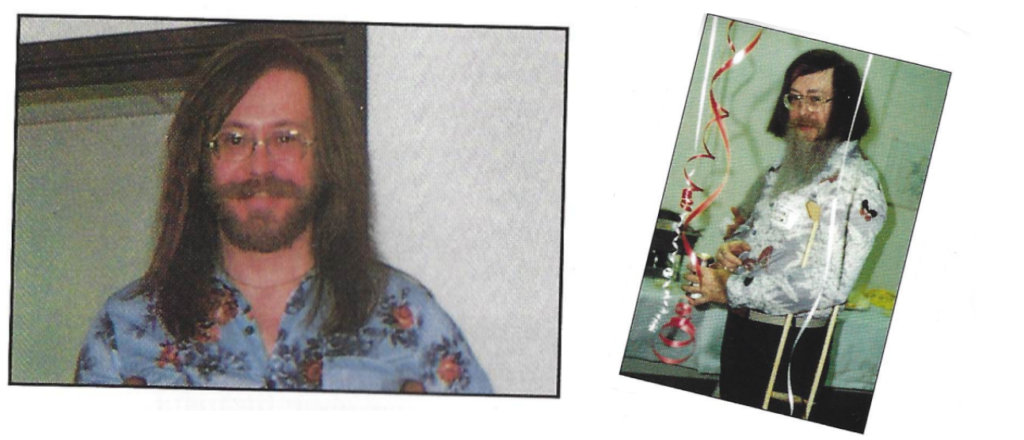
Left : Article in Softtalk, August 1981,
Right : Party for the 10th anniversary of SSI in February 1990
S.E.U.I.S. is John Lyon’s last wargame ; he would develop one last game in 1983 (Queen of Hearts, a minor pinball game that sold 1 180 copies – the lowest of any SSI game) and then ended his career in gaming, leaving behind him 5 wargames : Computer Bismarck, Computer Napoleonics, Torpedo Fire, The Shattered Alliance (his best game) and S.E.U.I.S.
I have not been kind to all of Lyon’s games : they were often buggy, the UI typically mediocre (until the Shattered Alliance), the AI always terrible. But without Lyon, there would have been no SSI, and computer wargames would have had a different history ; instead of Computer Bismarck, the precursors would have been Avalon Hill’s shallow zip-bag games.
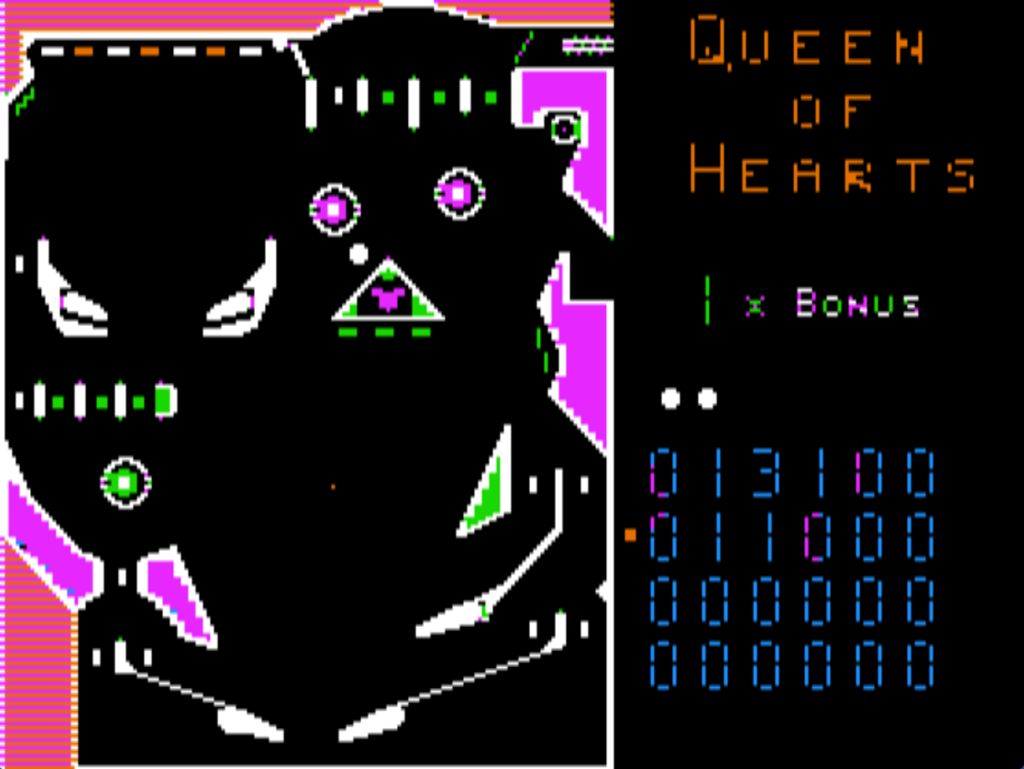
Lyon’s career was chaotic. A drop-out of the University of Chicago, he went into programming by chance and started as a coder specializing in telecom for the Control Data Corporation. Worn out after 10 years, he decided to study gemology in hopes of moving his career into a new direction but it lead to nowhere, and he reluctantly came back to programming for various companies, including the Atari pinball division, possibly explaining Queen of Hearts. Bored in those jobs, he took joy in his miniatures. As he was visiting a store called the Game Table in Campbell, California, he found a flyer left by Joel Billings asking for developers interested in wargames. “This is what opportunity looks like when it comes knocking“, Lyon recalled in a Softtalk article, and he called the number written on the flyer.
This was also a momentous opportunity for Billings, as he told me in an email : “without [Lyon] there would have been no SSI as I would have been back to school in September to get my MBA if he hadn’t answered my questionnaire call for programmers in late July/early August. That allowed us to get started on Computer Bismarck early enough to have proof of concept ready by the time I was set to go to Chicago. Our second programmer, Ed Williger didn’t join until several weeks/months later, and by that time it would have been too late.” Lyon’s first prototype inspired enough confidence that Billings’ idea of a computer wargame company did not seem so crazy after all – which meant the MBA could wait. And then, a few months later, Computer Bismarck happened. Ed Williger, a consultant when not moonlighting for SSI, only ever worked on Computer Ambush – he left the industry as fast as he had entered it, as he felt computers were not powerful enough yet for what he wanted to do. Lyon remained and became the first full-time employee in November 1979.
Lyon was described by everyone who knew him as extremely nice, jovial even, but he never quite fit in. In 1979 Lyon was very close to 40, and he had grown up in a different world than all the twenty-years-old that populated early SSI. The most poignant difference may have been that Lyon had to live with the after-effects of polio, forcing him to move either in a wheelchair or on crutches, the latter when he had to climb the outdoor stairs to reach SSI’s first “office”. The first polio vaccine had been deployed in the mid-50s, and by the 60s when Billings, Murray, Keating and all the others grew up, polio was already a disease of the past, with “only” one hundred polio paralysis cases a year nationwide.

Less dramatically, while surrounded by computer enthusiasts, he had mostly lost interest in computers and coding after a career of maybe 15 years of programming, something the novelty of doing video games did not solve in the long run. Unlike so many other designers, Lyon seemed to have prefered playing games rather than coding them. This may explain why he designed so many games on sub-genres that were not already existing on the market and that he could not have simply played himself. When almost everyone else was focusing on land campaigns of WW2 or on space strategy, John Lyon innovated with the first submarine warfare game, immediately after with the first fantasy battle game, and then, with S.E.U.I.S., maybe the first strategy-arcade game.
This focus on design over code probably explains why he never spent much effort on AI. Over time, not only AI but all game design became more and more demanding. Roger Keating recalls that for Torpedo Fire already, Lyon asked Keating to help him with the mathematics around torpedoes, and it is maybe not coincidental that Lyon left SSI – and gaming – when most game developers (Keating, Murray or Bunten) were moving to Assembler.
After SSI, Lyon moved to Nevada to try to profit from betting on American Football matches. It did not pan out, and he returned to California one year later. This was before LinkedIn and the other social networks, and Billings gradually lost touch. From the little he knows, Lyon stopped programming and eventually retired. The last time Billings talked to Lyon was in 1994, when Billings happily called Lyon to announce to him that SSI had been sold to Mindscape and that he would receive the money of the shares he owned. John Lyon, the unlikely pioneer of an industry he did not really want to be a part of, would be around 80 years old now. I’ve tried to get in touch with him but had no luck – in the unlikely event he or someone he knows reads this blog I would have so many questions for him!
Edit 15/11/2024: I have been informed that John Jay Lyon passed away in October 2021 at the age of 81.